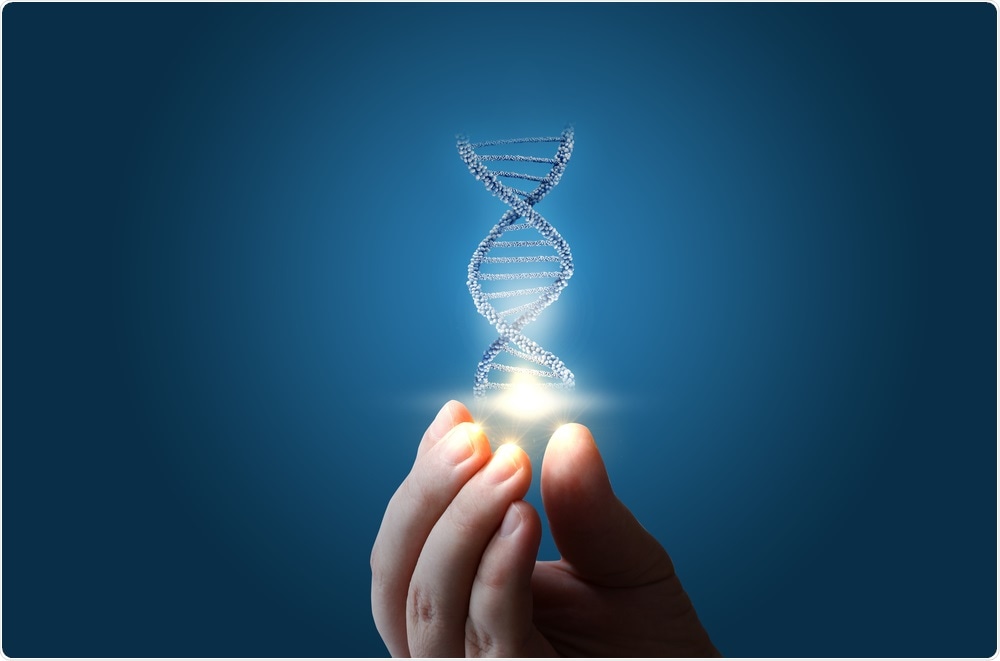
Network of doctors identify the cause of 31 new conditions
A network of hundreds of doctors has uncovered the biological characteristics of 31 previously unknown diseases, as well as providing diagnoses for other unsolved medical cases, and it continues to investigate many more.
 Image Credit: Natali_ Mis / Shutterstock
Image Credit: Natali_ Mis / ShutterstockNumerous patients afflicted by mysterious illnesses remain without a diagnosis despite extensive medical evaluation.
The Undiagnosed Diseases Network (UDN) was established in 2014 in a mission to identify the underlying causes of such conditions.
The multidisciplinary network of doctors from across the United States has been studying the symptoms, biochemistry and genomic sequences of patients with unexplained symptoms.
Their detective-like investigations use a combination of traditional medicine and cutting-edge diagnostic tests. It is funded by the National Institutes of Health Common Fund so there is no cost to patients.
The network has received 2,780 applications for help, accepted 1,179 and reviewed 907. To date, the UDN has unravelled about 35% of the 382 mystery ailments under investigation.
In 80% of the diagnoses made, the UDN were able to provide actionable information, such as changes to patient therapy, additions to the symptomatic checklist for evaluating particular diseases, adjustments to future diagnostic testing and recommendations for family screening.
In the latest study of 100 previously unsolved cases, 31 newly identified conditions have been uncovered.
Many of the other diagnoses were rare versions of known diseases.
Ashley commented “Some of these patients had been waiting decades to put a name to their illness. They tell us how much of a relief it is simply to know what they were up against”.
The UDN followed one patient for many years trying to elucidate the cause of mysterious and life-threatening episodes of lactic acidosis, a dangerous build-up of lactic acid.
Finally, they determined that they arose from a single mutation in a gene involved in mitochondria function.
The UDN continues to strive to determine more diagnoses and hopes that ultimately their work will have a global impact, helping diagnose potentially hundreds of patients with the same rare conditions identified through their research.
The paper, entitled “Effect of Genetic Diagnosis on Patients with Previously Undiagnosed Disease” was published today in the New England Journal of Medicine.
Source:
This news story is based on a Stanford University press release and the research paper itself.






















.jpg)












No hay comentarios:
Publicar un comentario